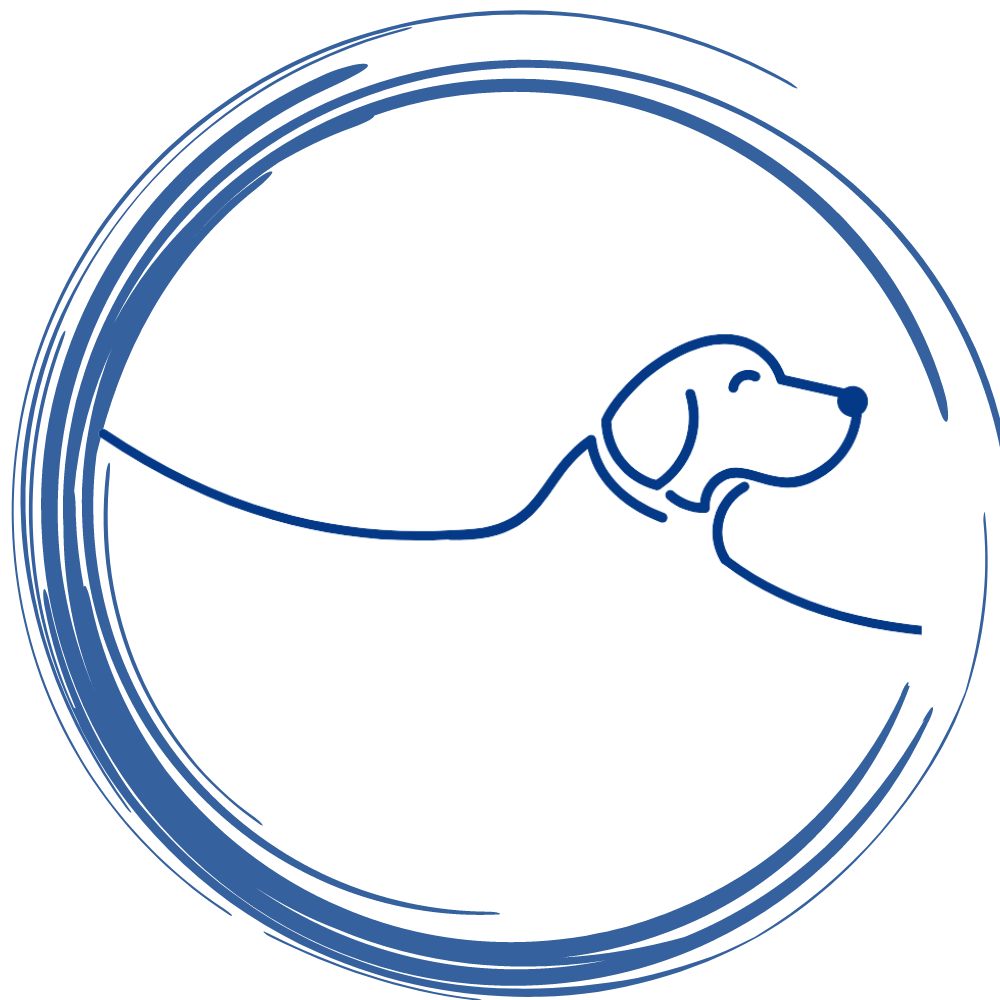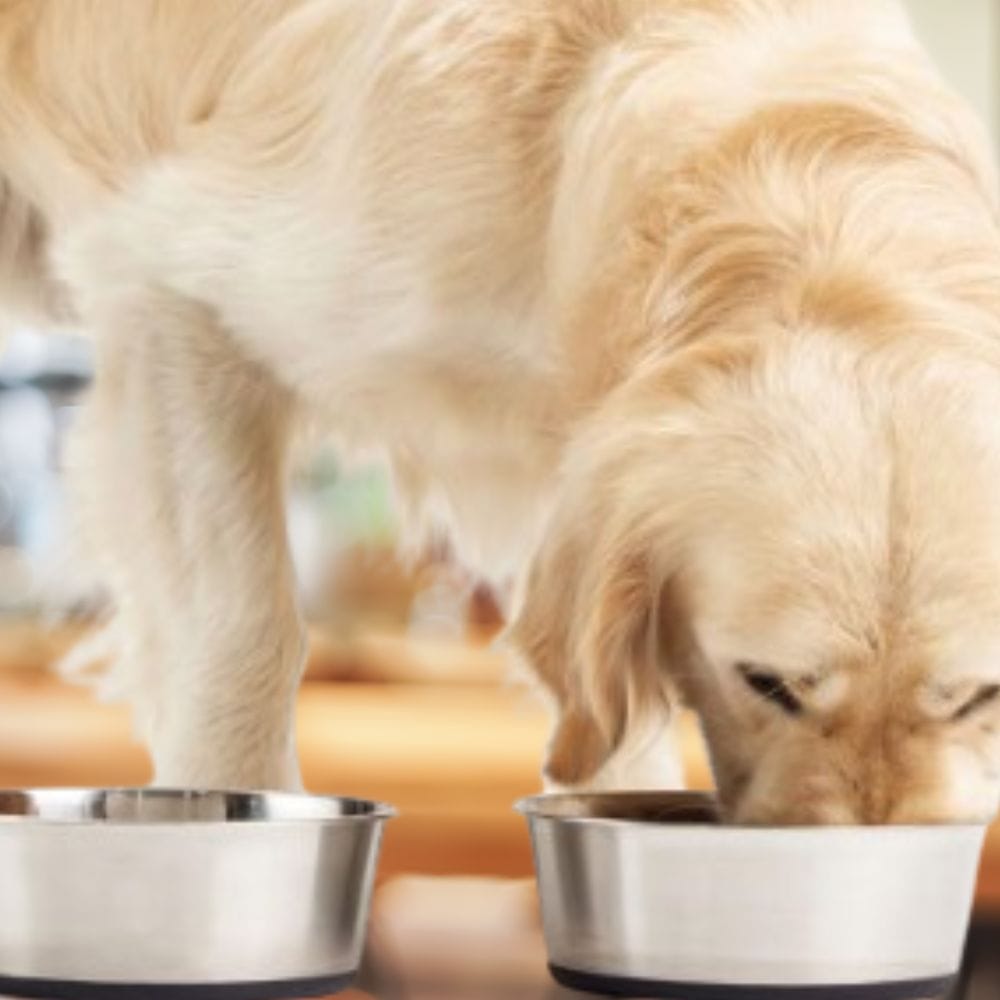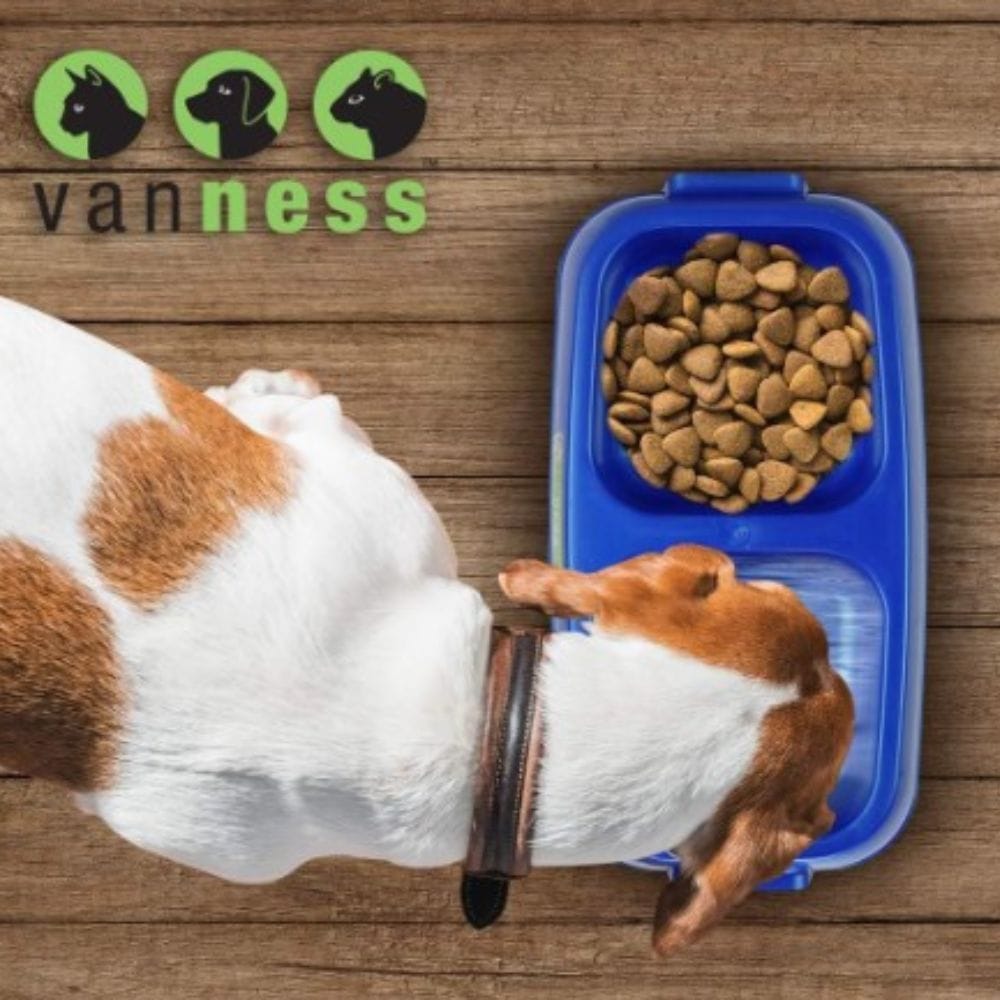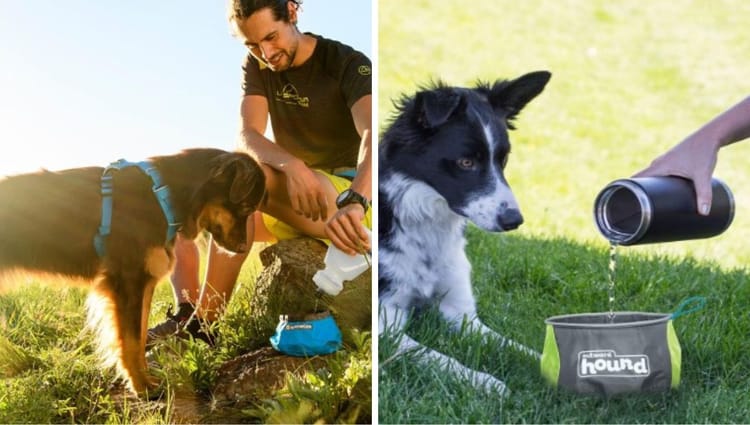Doggie Dishes Done Right: The Ultimate Guide to Sparkling Clean Bowls
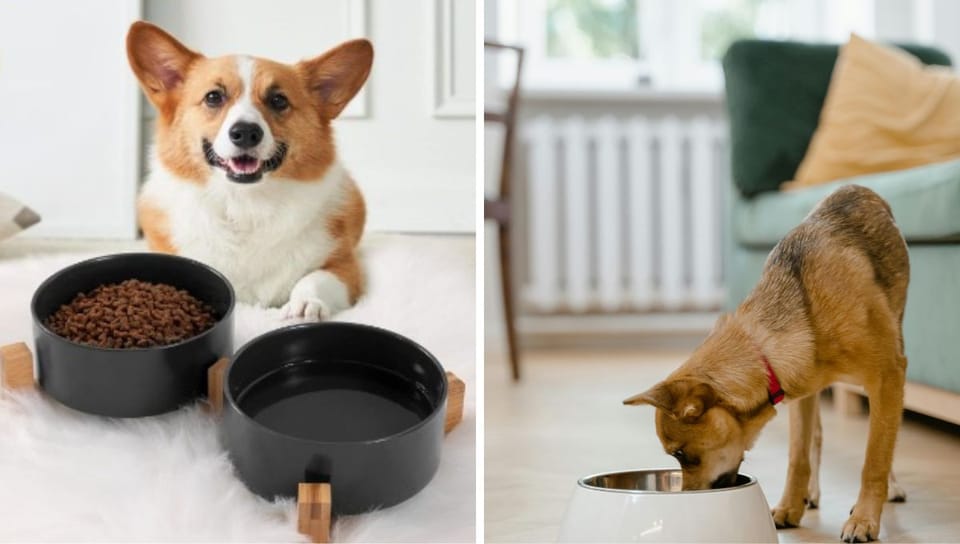
Why Clean Dog Bowls Regularly?
Cleaning your dog's bowls regularly is crucial for maintaining their health. Just like humans, dogs can be susceptible to bacteria and germs that accumulate in their feeding dishes. If left uncleaned, these bowls can become breeding grounds for harmful pathogens, leading to various health issues such as gastrointestinal infections and skin problems.
Moreover, dogs often have a habit of licking their bowls clean, which might seem like they are doing the cleaning themselves. However, this is far from the truth. The saliva left behind can mix with food particles, creating a perfect environment for bacteria to thrive. Therefore, regular cleaning is not just about hygiene but also about ensuring your furry friend's well-being.
Key Takeaways:
- Regular cleaning of dog bowls is essential for your pet's health.
- Different materials require specific cleaning methods.
- Using natural cleaning agents can be safe and effective.
Choosing the Right Cleaning Supplies
When it comes to cleaning dog bowls, the type of cleaning supplies you use can make a significant difference. Opt for mild dish soap that is free from harsh chemicals and fragrances. These can leave residues that might be harmful to your pet. Additionally, using a dedicated sponge or brush for your dog's bowls can prevent cross-contamination with your kitchen utensils.
Natural cleaning agents like vinegar and baking soda are excellent alternatives. Vinegar has antibacterial properties, while baking soda is great for scrubbing off stubborn stains. These natural cleaners are not only effective but also safe for your pet, ensuring that no harmful chemicals are ingested during mealtime.
Stainless Steel Bowls: The Best Choice
Stainless steel bowls are often recommended by veterinarians and pet experts. They are durable, resistant to scratches, and do not harbour bacteria as easily as plastic or ceramic bowls. Stainless steel is also less likely to retain odours, making it a more hygienic option for your pet's feeding needs.
Cleaning stainless steel bowls is straightforward. Simply wash them with warm soapy water and rinse thoroughly. For a deeper clean, you can soak the bowls in a mixture of water and vinegar for about 10 minutes before scrubbing. This will help remove any lingering bacteria and keep the bowls sparkling clean.
Plastic Bowls: Handle with Care
Plastic bowls are popular due to their affordability and variety of designs. However, they are more prone to scratches, which can harbour bacteria. If you choose to use plastic bowls, it's essential to inspect them regularly for any signs of wear and tear. Replace them immediately if you notice any deep scratches or cracks.
To clean plastic bowls, use warm soapy water and a soft sponge. Avoid using abrasive scrubbers as they can create more scratches. Rinse thoroughly to ensure no soap residue is left behind. For an extra layer of cleanliness, you can occasionally soak the bowls in a vinegar solution to kill any hidden bacteria.
Ceramic Bowls: Aesthetic and Practical
Ceramic bowls are another popular choice due to their aesthetic appeal and weight, which prevents them from being easily tipped over. However, they can be prone to chipping, which can create hiding spots for bacteria. Always check for any cracks or chips and replace the bowl if necessary.
Cleaning ceramic bowls is similar to other types. Use warm soapy water and a non-abrasive sponge to avoid damaging the glaze. Rinse thoroughly to remove any soap residue. For a deeper clean, you can use a mixture of baking soda and water to scrub off any stubborn stains.
The Importance of Rinsing
Rinsing is a crucial step in the cleaning process that should never be overlooked. Soap residues left on the bowl can be harmful to your pet, causing digestive issues or allergic reactions. Always ensure that you rinse the bowls thoroughly after washing them with soap or any cleaning agents.
Using warm water for rinsing can be more effective in removing soap residues. Make it a habit to double-check the bowls for any lingering soap before refilling them with food or water. This simple step can go a long way in ensuring your pet's health and safety.
Drying the Bowls Properly
After washing and rinsing, drying the bowls properly is equally important. Leaving them wet can create a moist environment that encourages bacterial growth. Use a clean, dry towel to wipe the bowls thoroughly. Alternatively, you can let them air dry in a well-ventilated area.
If you choose to air dry the bowls, make sure they are placed upside down to allow any remaining water to drain out completely. This will help prevent any water spots or bacterial buildup, keeping the bowls clean and safe for your pet's next meal.
Frequency of Cleaning
How often should you clean your dog's bowls? Ideally, food bowls should be cleaned after every meal to prevent the buildup of bacteria and food particles. Water bowls should be cleaned at least once a day, as stagnant water can become a breeding ground for bacteria.
For households with multiple pets, it's even more critical to maintain a strict cleaning schedule. Shared bowls can transfer bacteria and germs between pets, increasing the risk of infections. Regular cleaning ensures that all your pets stay healthy and happy.
Using the Dishwasher
Many dog bowls are dishwasher-safe, making the cleaning process more convenient. Check the manufacturer's instructions to ensure that the bowls can withstand the dishwasher's heat and detergent. Place the bowls on the top rack to avoid any potential damage from the dishwasher's heating element.
Using the dishwasher can be particularly effective for a thorough cleaning, as the high temperatures help kill any lingering bacteria. However, it's still a good idea to inspect the bowls after the cycle to ensure they are completely clean and free from any detergent residues.
Natural Cleaning Alternatives
If you prefer to avoid commercial cleaning agents, several natural alternatives can do the job effectively. Vinegar and baking soda are two of the most popular options. Vinegar's acidic nature helps kill bacteria, while baking soda's abrasive texture makes it excellent for scrubbing.
To use vinegar, mix equal parts of water and vinegar and soak the bowls for about 10 minutes. For baking soda, create a paste with water and scrub the bowls thoroughly. These natural cleaners are not only effective but also safe for your pet, ensuring that no harmful chemicals are ingested during mealtime.
Summary
Cleaning your dog's bowls regularly is essential for their health and well-being. Different materials require specific cleaning methods, and using natural cleaning agents can be both safe and effective. By following these guidelines, you can ensure that your pet's feeding dishes remain clean and hygienic, reducing the risk of infections and other health issues.
FAQ
How often should I clean my dog's bowls?
Food bowls should be cleaned after every meal, while water bowls should be cleaned at least once a day. Regular cleaning helps prevent the buildup of bacteria and food particles, ensuring your pet's health and safety.
Can I use the dishwasher to clean dog bowls?
Yes, many dog bowls are dishwasher-safe. Check the manufacturer's instructions to ensure they can withstand the dishwasher's heat and detergent. Using the dishwasher can be particularly effective for a thorough cleaning, as the high temperatures help kill any lingering bacteria.
What natural cleaning agents can I use for dog bowls?
Vinegar and baking soda are excellent natural cleaning agents. Vinegar's acidic nature helps kill bacteria, while baking soda's abrasive texture makes it great for scrubbing. These natural cleaners are safe for your pet and effective in maintaining clean and hygienic feeding dishes.
